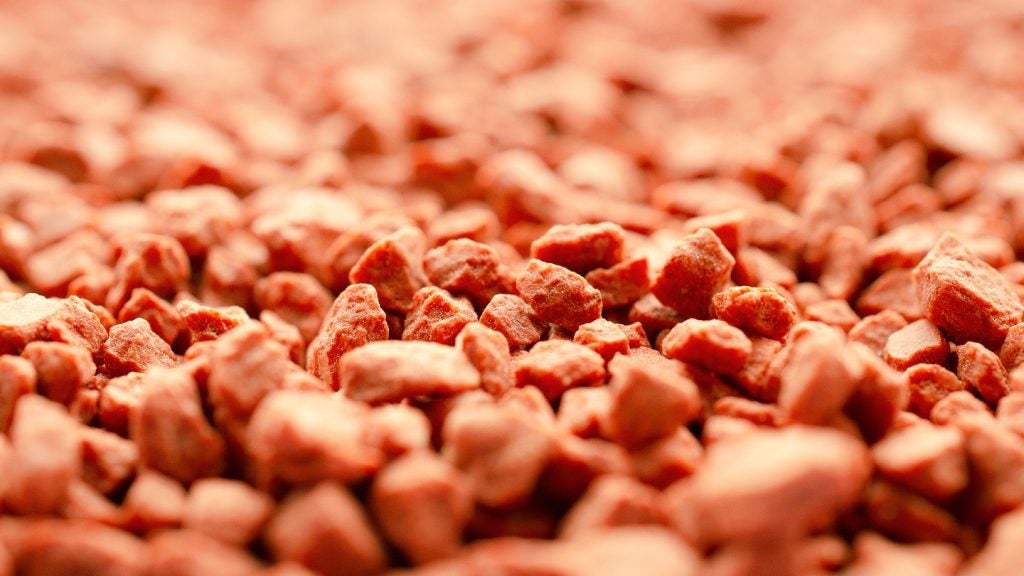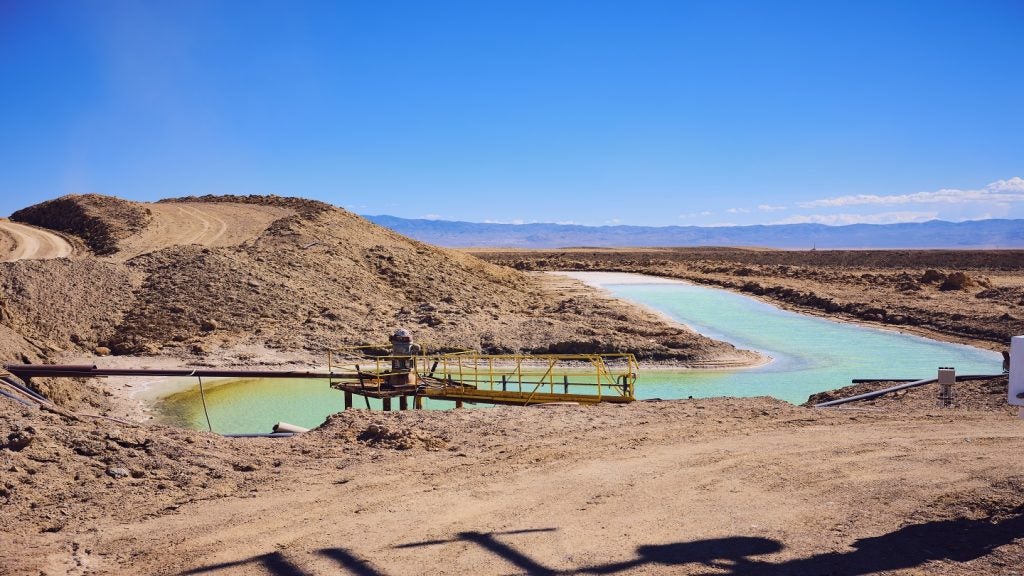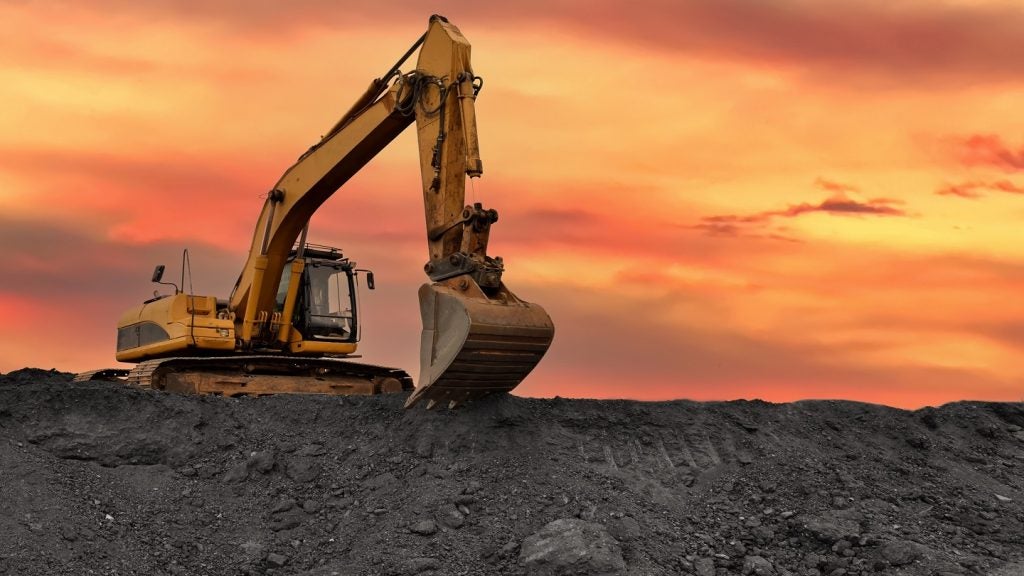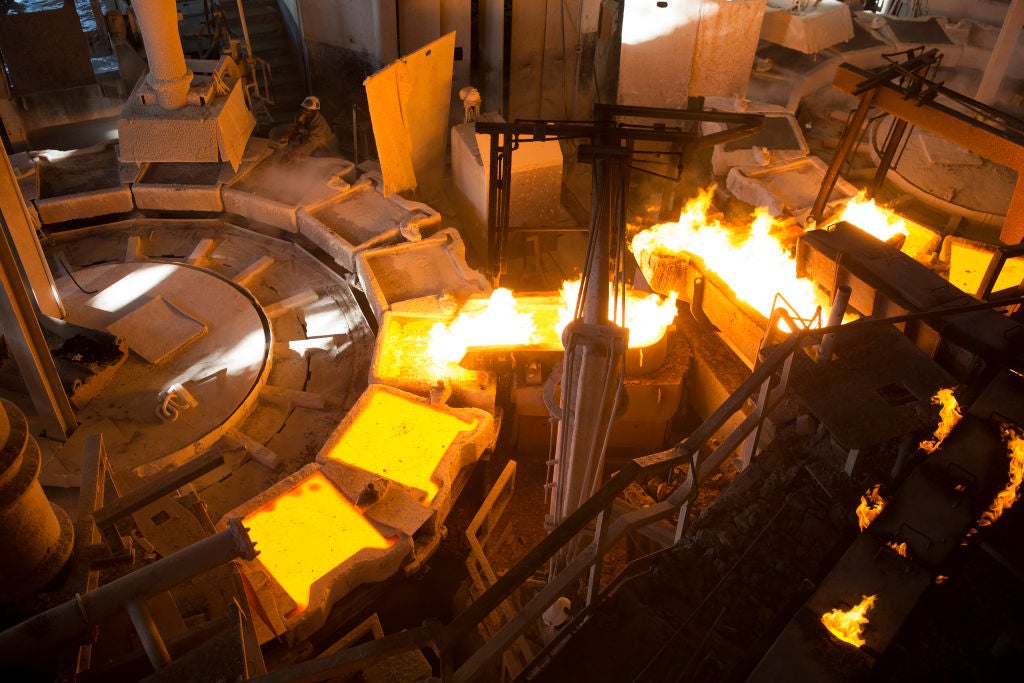
When Alcoa announced in February it had joined with the Aluminium Corporation of China (Chinalco) to buy a 12% stake in Rio Tinto, it completed a turnaround that Lazarus himself would have been proud of.
Less than two years previously, Rio Tinto had beaten Alcoa to the purchase of Alcan, and experts were predicting that Alcoa would be the next company swept away in the wave of mergers and acquisitions ripping through the industry.
Alcan merger attempts
In August 2005, Alcoa approached fellow North American aluminium producers Alcan and suggested a merger to facilitate ‘significant value destruction risks’. A few months later, Alcoa offered $22 a share in cash and 0.94 of an Alcoa share for each Alcan share to buy the company but the deal was rejected.
A change in management at the top level at Alcan convinced Alcoa to try again and in August 2006 the Alcan board gave the merger the go ahead, providing it was a ‘merger of equals’. However, by December the deal had fallen through again as the two sides failed to come to an agreement about when Alcoa could start buying Alcan shares.
Not to be deterred Alcoa came back again, in May 2007, with a hostile $27bn $76 per share bid to buy Alcan. Again, Alcan dismissed Alcoa’s overtures, seeking white-knight salvation in the form of Rio Tinto, which eventually bought the company for $38.1bn.
“Rio Tinto was looking to gain a significant position in aluminium as part of an overall corporate plan to be a significant player in the primary aluminium market,” says Paul Renken, mining analyst at VSA Capital and secretary of the Association of Mining Analysts.
How well do you really know your competitors?
Access the most comprehensive Company Profiles on the market, powered by GlobalData. Save hours of research. Gain competitive edge.

Thank you!
Your download email will arrive shortly
Not ready to buy yet? Download a free sample
We are confident about the unique quality of our Company Profiles. However, we want you to make the most beneficial decision for your business, so we offer a free sample that you can download by submitting the below form
By GlobalData“They accomplished this at what appears to be a reasonable price so yes, that deal was a victory for them.”
M&A context
In 2007, the number of mergers and acquisitions in the mining industry rose 69% on the previous year to hit a record high $158.9bn of activity.
Everyone, it seems, was looking to increase their resource base to capitalise on high metals prices or buy up smaller companies to prevent themselves from being taken over.
Set against this backdrop, Alcoa’s failure to buy Alcan saw it labelled as a ‘sitting duck’ by some analysts, triggering speculation that it would be next in line in the great M&A frenzy, with BHP Billiton and CVRD among those rumoured to be weighing up approaches.
“M&As rose significantly this past year and will rise again significantly this year since producing reserves are far cheaper to buy than find and permit to production,” says Renken.
“This will not change in the foreseeable future.”
Activist shareholders
In the aftermath of the collapse of the Alcan deal, things turned ugly at Alcoa, according to The Times. The English newspaper’s website published a story stating that hedge fund investors, who had taken large positions within Alcoa as they believed the company was ripe for sale, were demanding that the company sold up.
They reproduced a letter from one such hedge fund, Jana Holdings, which read: “Given Alcoa’s long history of failing to generate shareholder value through acquisitions, we believe that its greatest value can be realised through a sale or break-up of the company.”
“Marketplace valuations on reserves and resources are ridiculously cheap across the mining commodity spectrum,” says Renken.
“Hence the pressure on Alcoa’s board to ‘make things happen’ corporately to get a better valuation on their own shares.”
Rio Tinto
Being backed into a corner and seemingly attacked from outside and in, Alcoa came out fighting. Presumably sensing the potential trouble ahead, it announced in April 2007 that it would look to sell off some of its less profitable business lines. By November it had sold Automotive Castings to Compass Automotive, and the Packaging and Consumer Business was sold to Rank in February 2008 in a deal that saw Alcoa pocket $2.5bn in cash.
In September 2007, Alcoa sold its equity holdings in Chalco, a subsidiary of Chinalco, for approximately $2bn. Alcoa was a significant investor in Chalco’s initial public offering (IPO) in 2001.
Five months later, Alcoa and Chinalco joined forces to buy a 12% stake in Rio Tinto for an estimated $14.05bn, $1.2bn of which was provided by Alcoa. Chinalco’s investment represents the largest-ever overseas investment by a Chinese enterprise.
“Rio Tinto has a world-class portfolio of assets and is very well positioned to prosper in the current mining cycle,” Alcoa chairman and CEO Alain Belda said on completion of the deal.
“This investment, made in partnership with Chinalco, allows us to mutually benefit from developments in the sector. We have known Chinalco for many years, dating back to our participation in the successful launch of Chalco’s initial public offering, and are looking forward to this new venture.”
Counter-attack
From the outside, it would appear as if Alcoa has leveraged its relationship with Chinalco and used finances gained from recent sales to launch a counter-offensive move on Rio Tinto after losing out on Alcan.
“I think they’ve done it to ensure a seat at the table,” says Charles Kernot, director of metals and mining at Seymour Pierce.
“With a combined BHP/Rio likely to be required to make some disposals – perhaps alumina production in Australia – Alcoa would want the opportunity to negotiate the purchase of any asset to be sold.”
Another school of thought suggests that Alcoa’s recent behaviour during in the M&A blitz is designed as a quick boost to profits without actually doing any mining.
“Rio being ‘in play’ as a takeover possibility is simply an asset play for a quick and dirty profit, in Alcoa’s mind, if that eventuality comes about,” says Renken.
“It is the same thing Xstrata has been doing on other companies’ shares for years. Again, profits are much quicker trading shares or playing the commodity prices than actually finding and producing the metals.”
Alcoa’s joint stake in Rio suggests that, although it lost the battle with Rio Tinto over Alcan, it has ultimately won the war. But according to Kernot that is not the case.
“The war is by no means over yet,” he says. “There are many more battles to fight and strategy will be paramount. Alcoa’s strategy has ensured that it is still a player but it may be that, as a junior partner, the company only gains the poorer spoils of war with Chinalco as the senior partner.”
Future outlook
Alcoa’s activity during this frantic M&A period has been hit and miss; with one major disappointment and one great triumph. What sort of shape is the company in now? And what about Rio and the rest of the industry?
“Alcoa was weakened by its failure to secure Alcan and the end-game needs to be played out on BHP/Rio before we know if its strategic stake in Rio will pay off,” says Kernot.
“Rio’s purchase of Alcan made it a bigger mouthful for BHP and also financially stronger through diversification, notwithstanding the heavy debt load. This M&A frenzy will continue with more deals undoubtedly on the way as high commodity prices are providing the financing capability that makes these transactions possible.”







